-
highlight
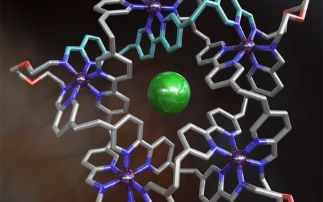
Diamond Light Source has recently played a key role in helping to reveal the exact structure of the most complex non-DNA molecular knot prepared ...
-
highlight
Ice cores drilled from the frozen Antarctic landscape are made up of layer upon layer of frozen snow, dating back hundreds of thousands of years. ...
-
highlight
.jpg)
Artificial heart valves have been used since the 1960s to replace natural heart valves damaged through disease. Each of four valves enables ...
-
highlight
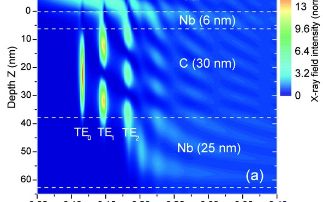
Thin multilayer structures comprising of thin layers of alternating elements or compounds find widespread technological applications – be it the ...
-
highlight

With the phase-out of incandescent light bulbs becoming more common around the world, there is a need to investigate more efficient and robust ...
-
highlight

Parchment has been used for recording historical information since at least the 2nd century BC and makes an important contribution to our nation’s ...
-
highlight
Nanoparticles have been incorporated in many consumer products, however their safety and toxicity have not been clearly identified. This is made ...
-
highlight
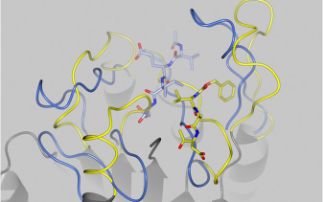
Huntington’s disease (HD) is a dominantly-inherited neuropsychiatric disorder. Typically the symptoms begin in adulthood, slowly progressing from ...
-
highlight
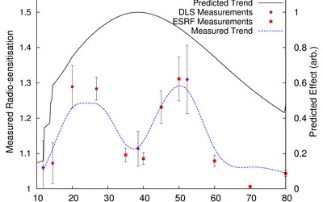
During the course of their treatment, around half of cancer patients receive some type of radiation therapy. This therapy is widely used to target ...
-
highlight
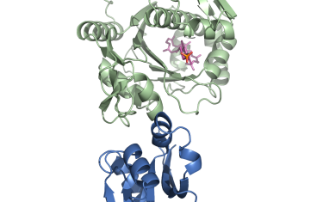
Bacteria are single-celled organisms that inhabit almost every environment on the planet, including the bodies of humans and animals. The cell ...
-
highlight
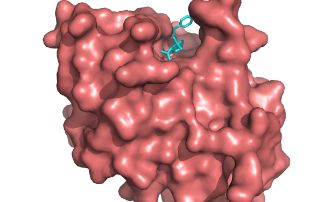
A breakthrough in the fight against drug-resistant infections is one step closer following the discovery of the structure of NDM-1: a vicious form ...
-
highlight

The University of Manchester museum herbarium was founded in 1860 and contains over a million specimens from all over the world, with collections ...
-
highlight

Fungus-like eukaryotic plant pathogens of the genus Phytophthora are devastating to root crops and vegetables because the effector proteins they ...
-
highlight

The cornea is the external lens of the eye, responsible for refracting incoming light onto the crystalline lens behind, which in turn focuses it ...
-
highlight
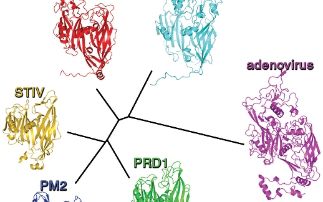
Just as humans have an ancestry, so too do viruses. But whereas we can use fossils to help identify the creatures that roamed the earth before us, ...
-
highlight
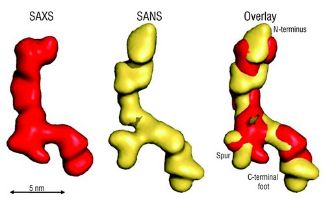
Elastin is the most abundant protein in mammalian elastic tissues and is responsible for their elastic recoil and resilience. Elastin dominates ...
-
highlight
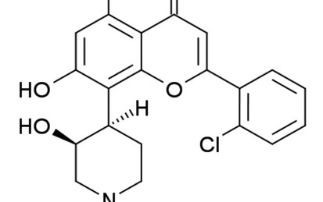
Flavopiridol was discovered to have anti-cancer properties in 19921, specifically by binding to cyclin-dependant kinases (CDKs) and inhibiting ...
-
highlight
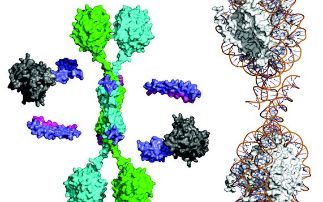
Transcriptional repression in eukaryotes requires the recruitment of large protein complexes to gene promoters and enhancers. These complexes ...
-
highlight
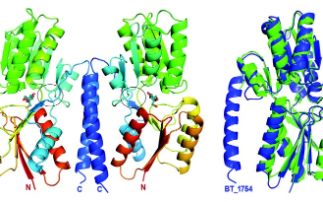
Our indigenous gut microbiota play an important role in maintaining normal health and nutrition. They provide us with traits that the human genome ...
-
highlight
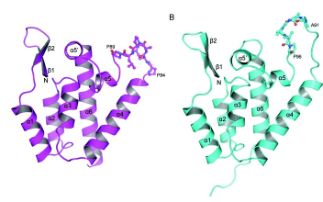
Lentiviruses are associated with chronic disease states in a variety of mammals. However, until recently it was thought that these pathogens had ...